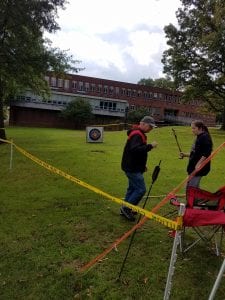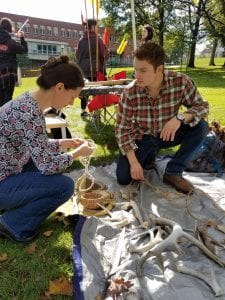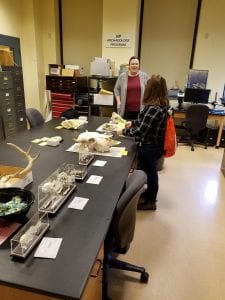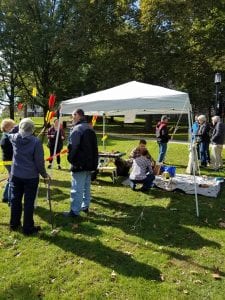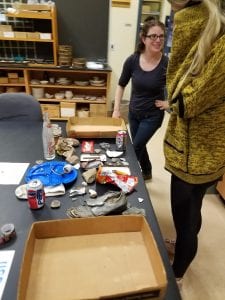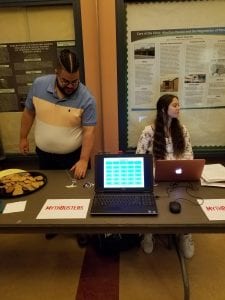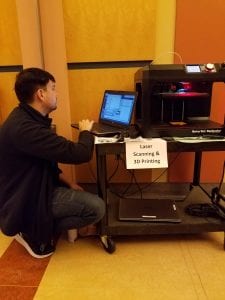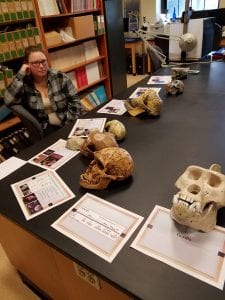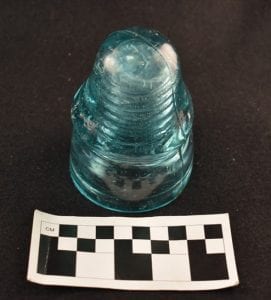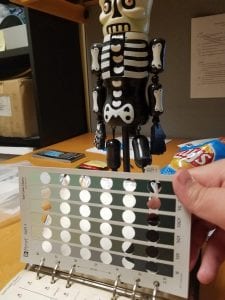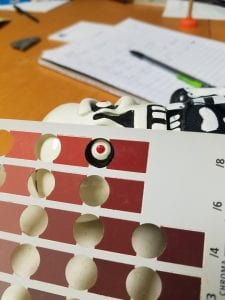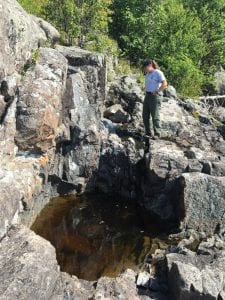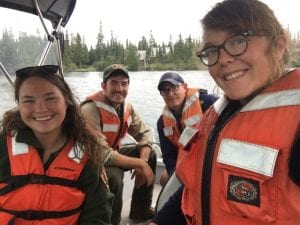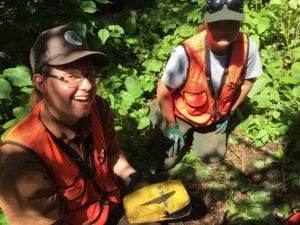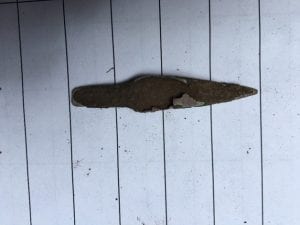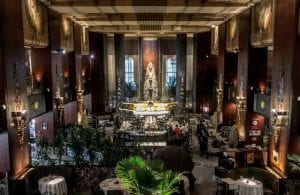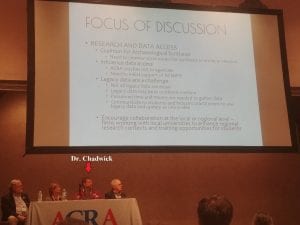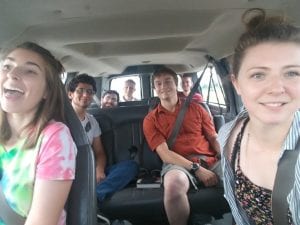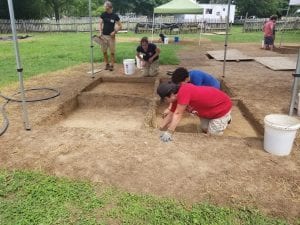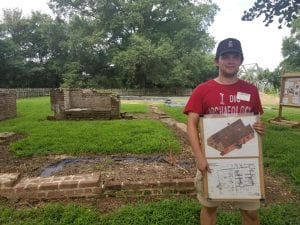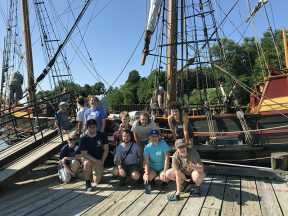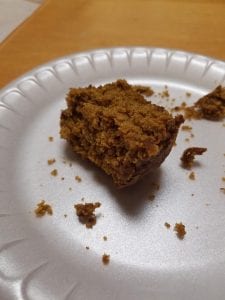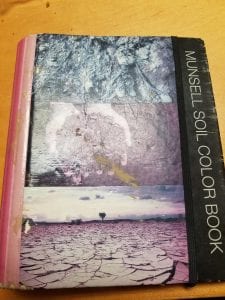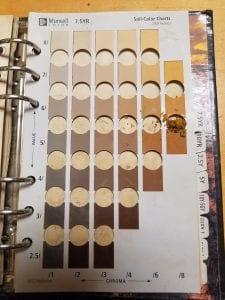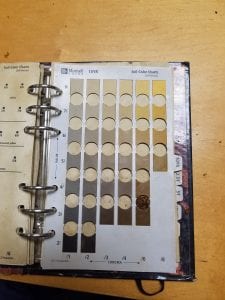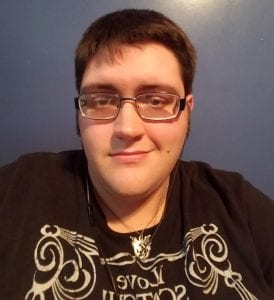Special thanks to our Applied Archaeology Advisory Board: Chris Espenshade-PI, Skelly and Loy; Terry Klein-VP, SRI Foundation; Kate Marcopul-New Jersey State Historic Preservation Office; Ira Beckerman-Cultural Resources Unit Chief, PennDOT (just retired in October); Wade Catts–South River Heritage Consulting.
On Nov. 7, 2018 our Applied Archaeology Advisory Board lead a panel discussion titled “Professionalism and Networking in CRM.” Essentially, what you should and should not do when trying to get a job or when working in CRM. In this post, I hope to pass along some of the things that I learned from this discussion. It is not an all-encompassing list (someone forgot to grab their notebook from the van) but some of the more important points are still rattling around in my head. So, without further ado, a list of things (with my patented flow of consciousness) to keep in mind when trying to work in archaeology.
- Networking is essential, people tend to get jobs because they know somebody who knows somebody. This sounds obvious, particularly for a professional in a field of social science (social being the key word here). Conferences are a great way to do this, the downside is that they’re expensive. There are ways to cut some costs as a student (depending on your department) but this leads to the next point.
- Get your name known. As a fresh face in the archaeology job market, how do you get known? Again, this can go back to conferences. If you can present at a conference, do it. This is when you can probably apply for funding through your department and cut costs. Even if you just present a poster, it’s worth it. People will come to you when presenting a poster and this is a great way to not only network but let your name be seen in an environment that shows you take the field seriously. As an addition to presenting posters, keep a stack of business cards with you, maybe a stack of resumes, and give them out. Sure, you may never get a call about a job that way, but this gets your name out there. If you can’t get to as many conferences as you’d like, then get yourself published. Maybe you just graduated with an M.A. in Applied Archaeology, you have a thesis, so what do you do with it? Get a summary published and share what you’ve worked so hard on. Another option is to get book reviews published. Reach out to a journal and see if they have a list of books they would like reviewed. It’s not a guarantee that you’ll get published but not a lot of folks like to do book reviews, so you probably have a good chance (plus you might even get a free book, never say no to a free book).
- Resumes and CVs are your first impression to a potential employer (duh). Tailor your resume/CV to fit the company and the job you’re seeking. Save a little time for yourself and make a full resume, write down everything you can think of, and use it to copy and paste to the resume you want to send out. Still have people look at it, this just saves you from rewriting everything. Another thought, think twice about putting your picture on it, I don’t know why anyone would, but it puts people off. Last thought, put serious consideration into your cover letter. Try not to paint yourself as an expert in something when the job doesn’t require that, leave it listed in your resume. Also, treat it like a sample of your technical writing skills because employers do.
- Interviews – Learn about the company before going in. Be inquisitive, at the very least ask those cookie-cutter questions like what typical work hours are like or the dress code, show that you’re interested. Better yet, ask about what the company does besides what you’re applying for. Beyond this, be thoughtful in your answers and take a minute to think if you need to. It would be better to be known for taking a moment to respond with something meaningful than blurting out the first, possibly unrelated, thing you can think of. To use one of my favorite phrases, a closed mouth gathers no foot.
- Working – Congratulations, you got a job! What now? Keep your wits about you, as someone with a graduate degree you’re expected to be able to learn quickly. You will not know everything, no program will teach you everything, so take things as they come. If there’s something you don’t know about, try to learn about it on your own but there is nothing wrong with asking questions when you need to. It’s better to ask first and deal with whatever you must versus making a mistake that you might not be able to fix later. Also, show your competence at work. I’m not trying to sound harsh here but that could mean the difference in keeping your job or not at the end of the field season.
Again, special thanks to our Applied Archaeology Advisory Board for this discussion along with giving our students a chance to network.
